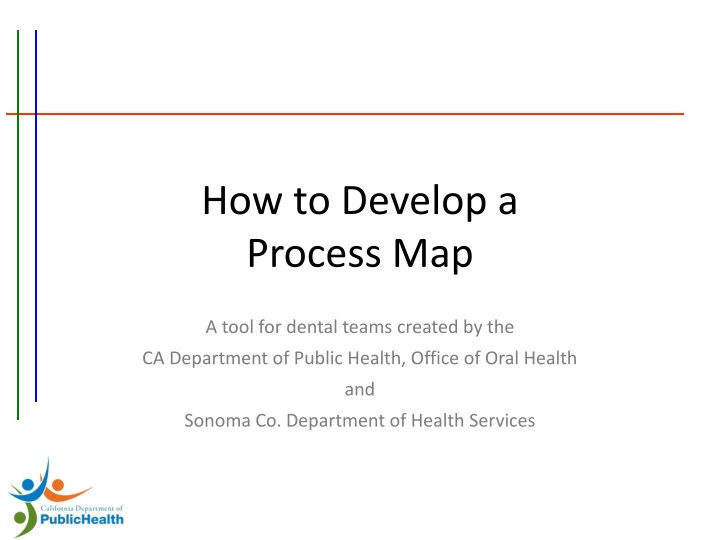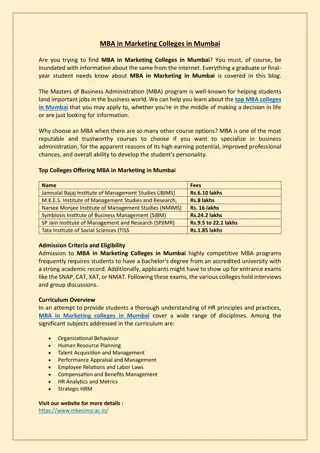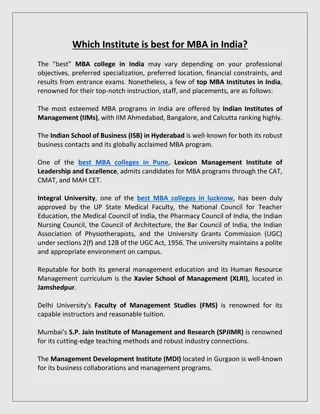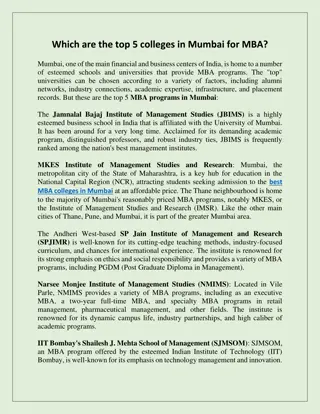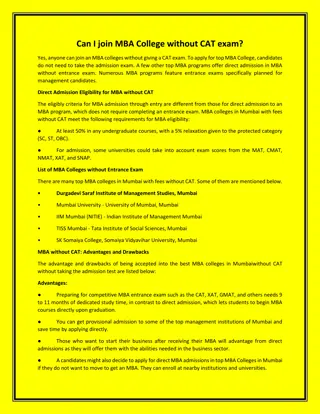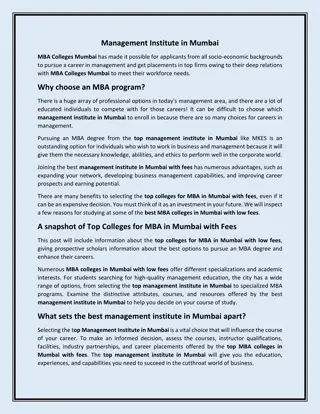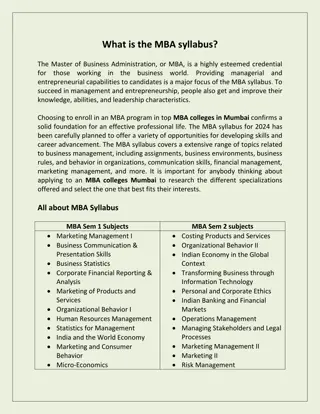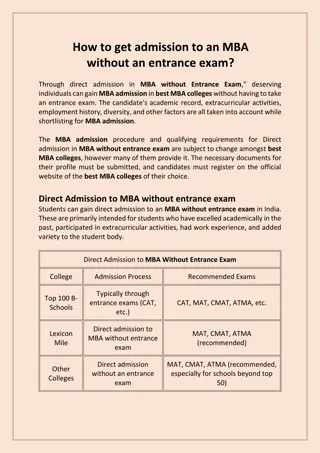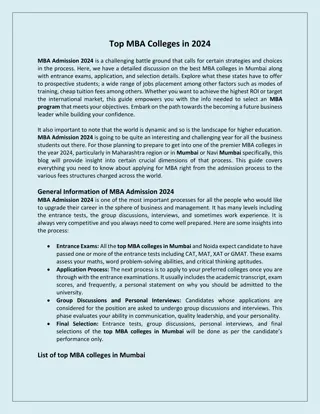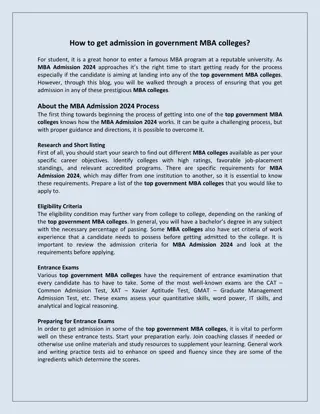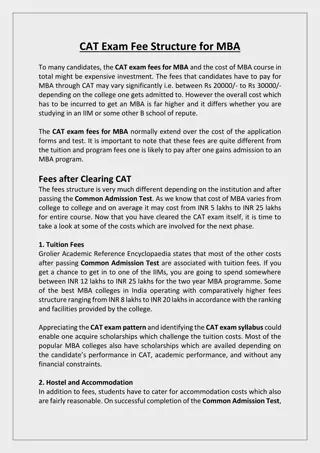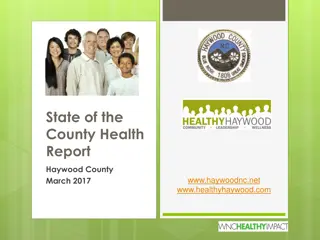Lamar County School-Based Health Initiative by Suleima Salgado, MBA
The Lamar County School-Based Health Initiative, led by Suleima Salgado, MBA, aims to increase access to care, address key health challenges, and connect Georgians with specialized healthcare services through telehealth and telemedicine. The initiative utilizes telemedicine carts, mobile equipment, and trained providers to bring quality care to local communities, saving costs and improving patient outcomes.
Download Presentation

Please find below an Image/Link to download the presentation.
The content on the website is provided AS IS for your information and personal use only. It may not be sold, licensed, or shared on other websites without obtaining consent from the author.If you encounter any issues during the download, it is possible that the publisher has removed the file from their server.
You are allowed to download the files provided on this website for personal or commercial use, subject to the condition that they are used lawfully. All files are the property of their respective owners.
The content on the website is provided AS IS for your information and personal use only. It may not be sold, licensed, or shared on other websites without obtaining consent from the author.
E N D
Presentation Transcript
How to Develop a Process Map A tool for dental teams created by the CA Department of Public Health, Office of Oral Health and Sonoma Co. Department of Health Services
Purpose Process maps create a picture of the sequence of steps in a process. Making the process visible helps to understand each step in a process simplify the steps and improve efficiency decrease opportunity for error
Process Mapping Benefits Engages all persons with a stake in the process Represents the process graphically Simplifies by replacing words with pictures Spotlights wasted efforts, delays, missteps and duplication in the process Corrects misunderstandings about a process Helps build a common understanding and consensus
Step 1: Identify a Small Team Assemble a cross-functional, multi-level team of key people with knowledge about their part in the process and can represent their respective role Do ask for input from all participants in the process, including patients Do observe the process directly or ask a patient to give their perspective Don t have one person or discipline develop the process map
Step 2: Determine Scope of the Process Map Facilitate the team s agreement on the process: The purpose of the process What is the end goal? The beginning- and end-points of the process. The level of detail to be displayed.
Step 3: Determine How You will Document Your Current-State Process Map Support development of a process map that depicts the actual current state (not an idealized version of the process) You may use different tools to develop a process map do what works best for your quality improvement planning: Low-tech - sticky notes, index cards, or a white board Hi-tech - PowerPoint or Visio
Step 4: Develop Current-State Process Map Start with the beginning- and end-points of the process, then brainstorm what activities take place Put the activities into the proper sequence (as you understand it) Draw arrows to show the process flow so you may see how activities proceed from one to the next Identify decision points throughout the process and create different process flows accordingly
Using Process Map Symbols Process beginning or end Activity step Process flow direction Decision points Wait or delay Swim Lane 9
Example Using Process Map Symbols Starting Point Decision Point No Health Center Member? Register Patient with the Health Center Patient Call Health Center Activity Swim Lane Yes No Schedule Prenatal Intake Appointment (Appt.) for Medical Orientation Schedule Dental Appt. for the Patient Using Computer OB Nurse Schedule Follow-Up Appt. (Conduct Dental Orientation) Pain? OB Provider Conduct Prenatal Intake Appt. Yes Dental Office Conduct Same-Day Dental Appt. (Exam + Treatment) Share Dental Appt. Outcomes with OB Provider
Step 5: Identify People Involved in the Process Create swim lanes for each person identified as having a role in the process Put the activities that each person leads in their respective lane
Step 6: Review Process Map with Others Review your process map with others to see if anything needs to be added or changed to truly reflect the current process
Step 7: Finalize Current State Process Map Optimally, validate the accuracy of the process map by posting it in a public place to elicit feedback from staff that did not participate in the small team
Step 8: Identify Waste Once your process map is finalized, identify waste in the process Waste in a process represents an opportunity to improve and is the foundation for your quality improvement project
Types of Waste Defects/Rework Unclear directions, mistakes, errors, re-work Transportation Moving things (rather than pre- position) Over production Unneeded reports, duplication, leftover Inventory Over-/under-stock, expired supplies Waiting Waiting for others to complete work, test results Motion Excess searching, gathering, walking Not Used Talent Unused creativity Excess Processing Over-using more supplies or information
Step 9: Identify Opportunities to Change Identify one component of the process map that is wasteful Prioritize what to address first based on what works right for your organization: Quick wins cultivating familiarity of the QI process is important! Yields return on investment High stakes outcome or adds value for customer Business necessary regulations, etc. Brainstorm a solution for changing the process to remove or reduce that waste
Step 10: Plan-Do-Study-Act Complete your Plan-Do-Study-Act form to determine if the change you made to reduce the targeted waste results in an improvement
